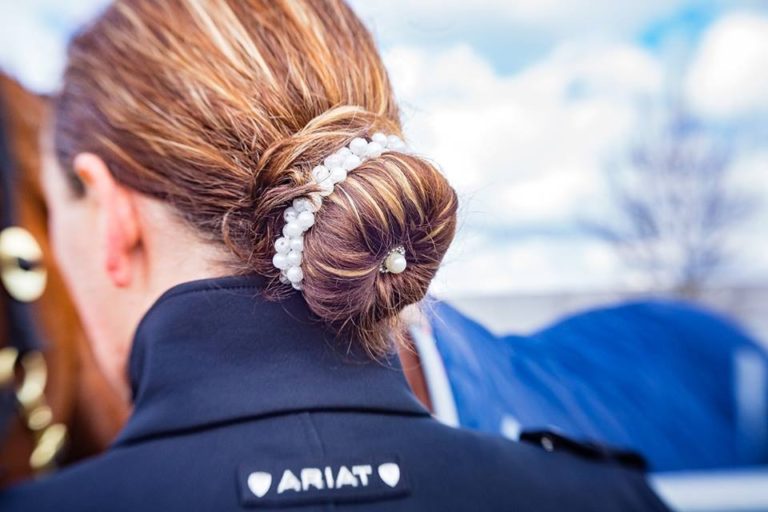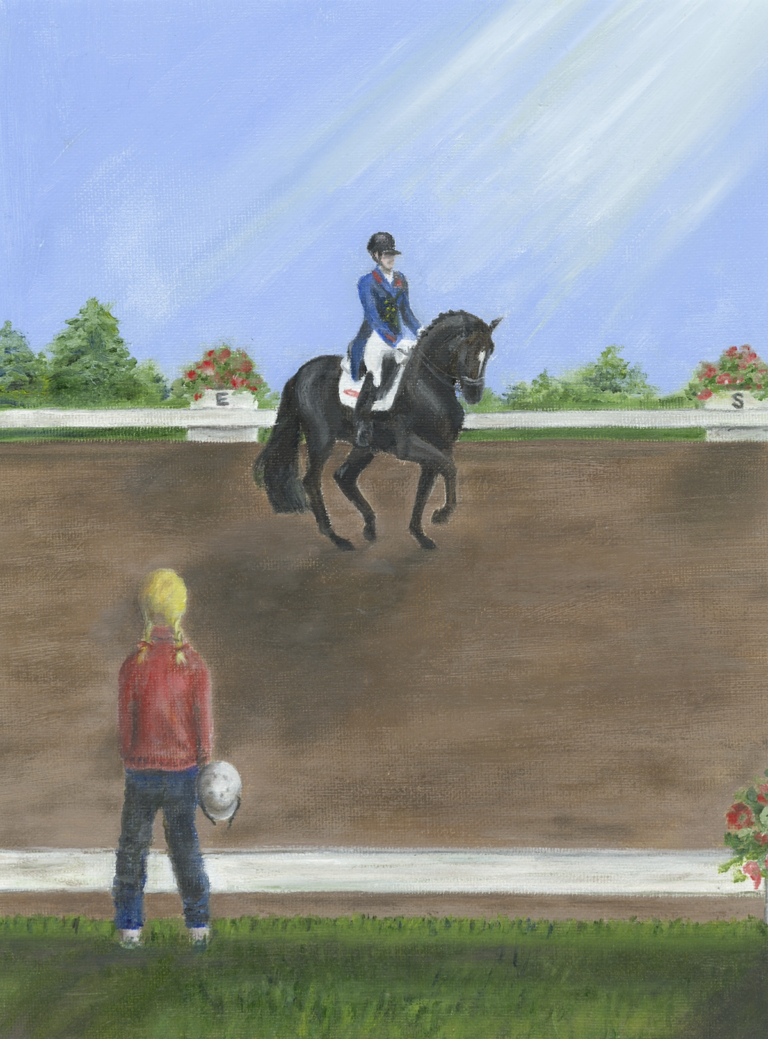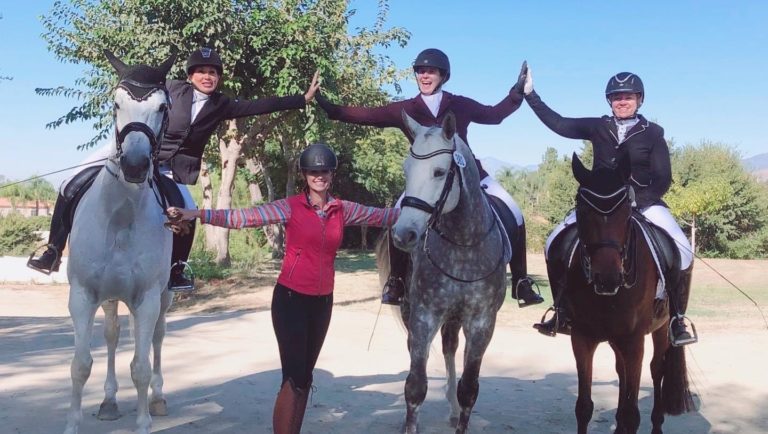Heather Sansom is the author of rider fitness ebooks Complete Core Workout for Rider, and a regular columnist in several equestrian publications including Dressage Today.?EquiFITT.com offers rider fitness clinics & workshops, Centered Riding? instruction, and convenient distance eCoaching for riders anywhere.? Subscribe to receive free monthly Equestrian Fittips, and download rider fitness eBooks at:??www.equifitt.com/resources.html
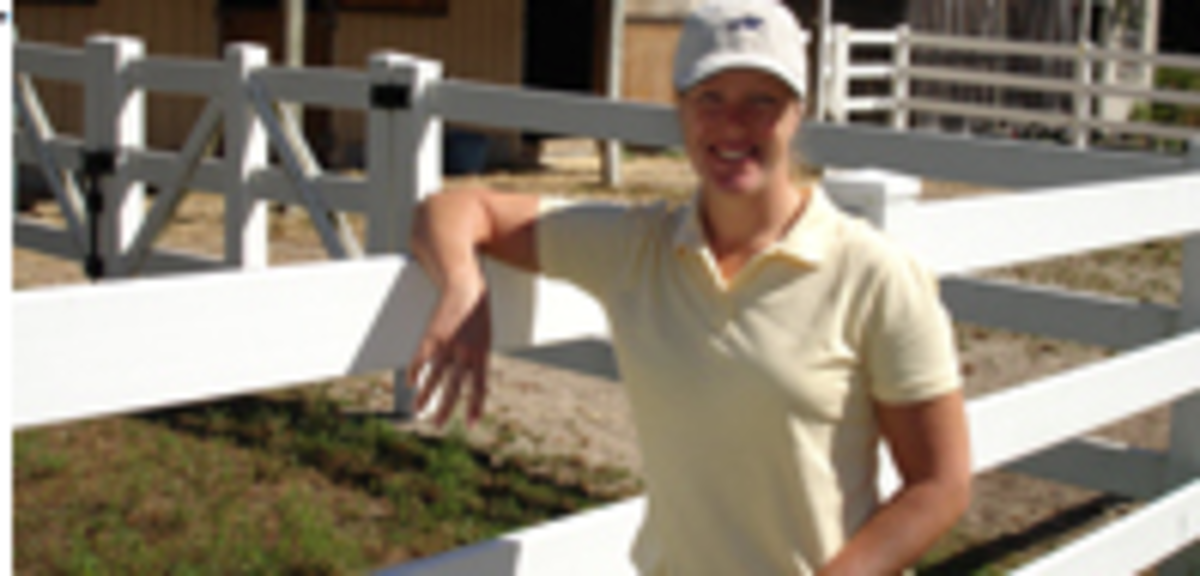
In the December issue of Dressage Today, 2010 Alltech World Equestrian Games competitor Bonny Bonnello (Canada) shared her comeback story as an older athlete bouncing back from major joint replacement surgery in “Back in the Game.” Sometimes as riders, it seems that we find ourselves reaching the understanding we’ve been seeking for years, only to find our body isn’t keeping up. The rules have changed. You may have prepared to ride using your body a certain way, but an injury, aging or other circumstance change the rules on you.
Sometimes I see riders at this stage getting frustrated. Often other people don’t see the changes- but you know they’re there. There is usually an adaptation curve. It looks a little like the grief cycle: denial, anger, blame, acceptance and moving on. The quicker you can move through to constructive solutions, the better.
Some people find it useful to think of changes as managing your performance effectively. You can be active as a rider well into decades most people have long ceased to practice other sports. If you are competitive or a professional rider, trainer or coach, you have very solid vested interest in doing whatever you need to do to ride, teach and train for as many years as you can. If your riding is more about developing yourself or your horse for your own sense of achievement, or because it’s your passion but you aren’t competitive, you still want to enjoy it for as long as you can.
It’s important not to give up. As Bonny acknowledged in her interview, you need to listen to yourself. I would add: listen to your horse. Your horse’s way of going will tell you if your body is in the place it needs to be for you to ride effectively. There is no sense being stubborn when it is having a negative impact on your horse’s movement.
Adapting will likely mean several new (strategic and smart) aspects to your riding life:
- Take longer to warm up.
- Do deliberate acts of exercise to maintain or build:
- joint range of motion, especially ankles, hips and spine
- muscle tone in areas not worked by riding, but which have a significant impact on your self-carriage: thighs and gluteals, back and shoulders.
- Flexibility in muscle groups tightened by riding: back, hamstrings, inner thighs
- Body awareness (proprioception)
- Add cool downs to your life, and re-warm-ups if you ride several horses so that you don’t take the tired and tightened body that came out of your first ride, into your next one.
When you keep key goals in mind, it can really make designing your personal ‘fit to ride’ plan a lot easier. Most people do not have time to go to a fitness class or gym several times a week, on top of your riding. But if you have an overall plan, even a once a week or occasional class can be of benefit when it fits in as an option that covers off an area you work on regularly. For example, you may find a yoga class a nice break from your routine, but not be able to go regularly. It can still work for your riding for you to go once in a while to get extra stretching that week and renewed inspiration to keep working on your flexibility through the week.
Warm-up
I strongly encourage riders to actually warm-up with dynamic (flowing/moving) stretches before you ride.
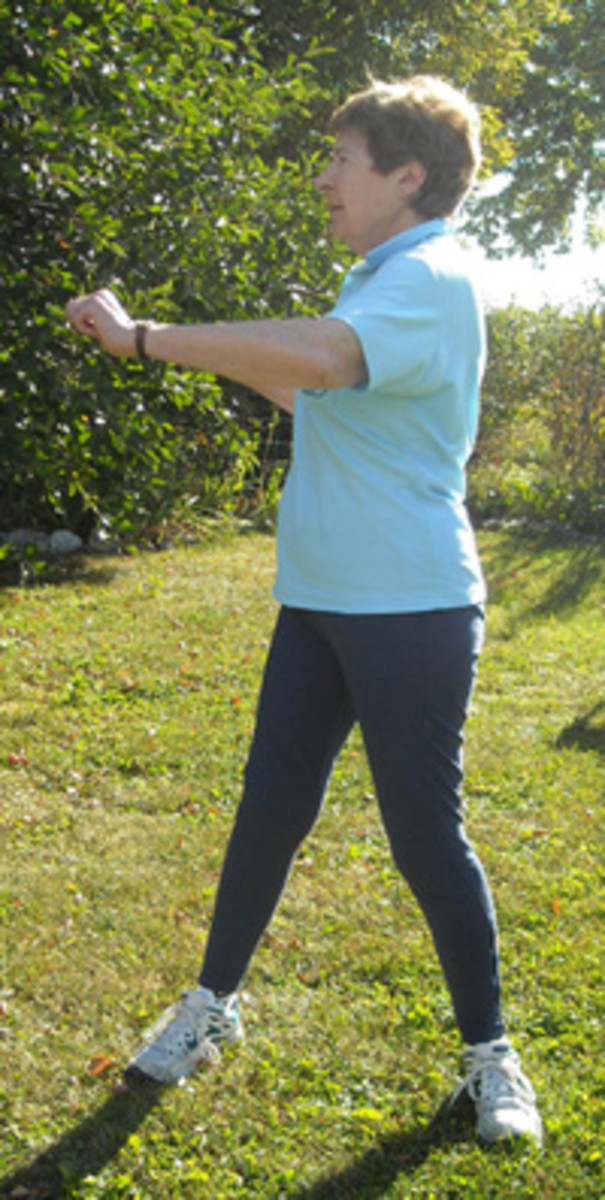
Usually while the horse is in cross-ties and all you have left to do is the bridle. Insert a flowing stretch routine that gets blood flowing, joints unlocked, and helps your brain remember your different muscle groups (reinforce neuromuscular connect). It’s easier to remember and turn into a habit if it becomes part of your tacking up ritual.
A dynamic warm-up is now the best practice used in sport conditioning: images of holding a stretch before athletic activity are out. Science has moved on: the reason is that making your body hold a stretching pose when it is not warmed up, puts more strain on muscle and ligaments connecting through joints. It also stimulates a contraction response in the muscle. What you want as a rider are long, supple muscle and ligament fibers from one end to the other- just as you seek with your horse. Yoga and other forms of holding a stretch are very useful as a component in your overall plan when combined with pre-ride stretches. Holding stretches at other times when your body is ready to relax can give you significant gains in flexibility that the relatively quick dynamic pre-ride warm-up cannot.
A warm-up is especially important if you juggle a lot of responsibility (your brain will send tightening signals to your body from stress), or if you have a desk-based job (sitting long tightens all the areas you need free to ride effectively), or your body needs longer because of age, injury or surgery. You cannot have suddenly softer joints in the saddle, than you had on the ground. While we do want joint stability in the saddle, tightness pushes the movement coming through you from your horse, back down on him, compromising his movement.
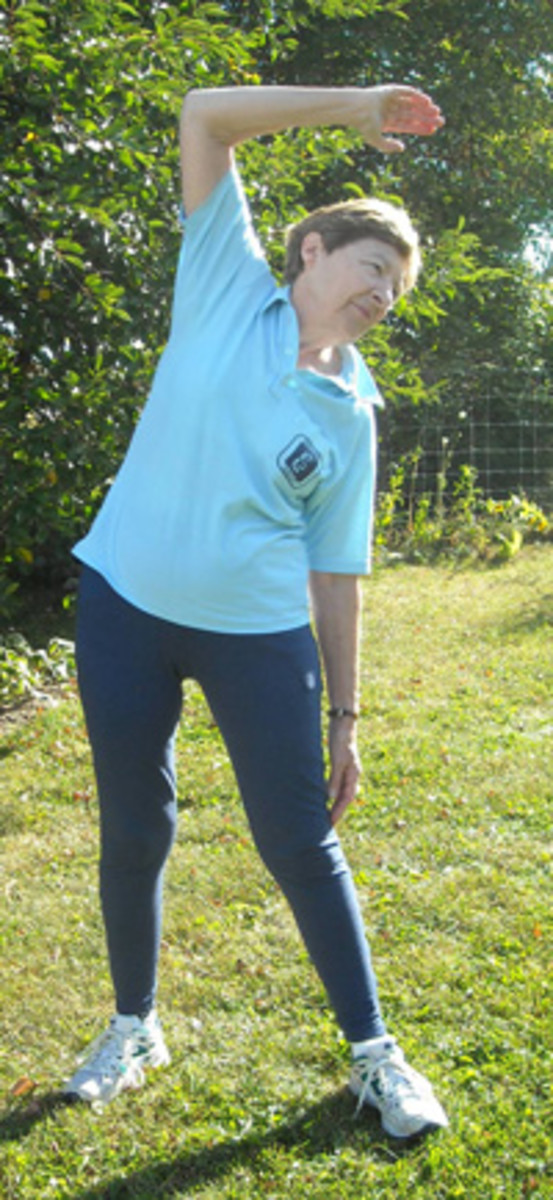
Standing twists should flow in rhythm from one side to the other. Keep doing the exercise until you feel that there is symmetry in both directions. If you find that your body does not move in one direction as easily as the other, this will be a clue to imbalance that will affect your ride.
The side bends are similar: flow back and forth from side to side to stretch your oblique muscles and spine. Your spine needs to move constantly and softly to absorb motion from your horse, and your ribs cannot float up and down with his movement if they are effectively locked down by your oblique muscles.
To turn the chest opener into a dynamic movement, sweep your arms out to the side and around to the back. As you do so, take in a deep breath. At the end of the movement, imagine widening the distance between your shoulders. This exercises releases tension in the shoulders and pectoral muscles. When these areas are tight or bound, your lung capacity is compromise, and your body also has a tendency to curve forward ‘on the forehand’- pushing your weight down onto your horse’s forehand, and blocking motion in your upper back.
Watch next month’s column for more on the other key areas for staying fit to ride.
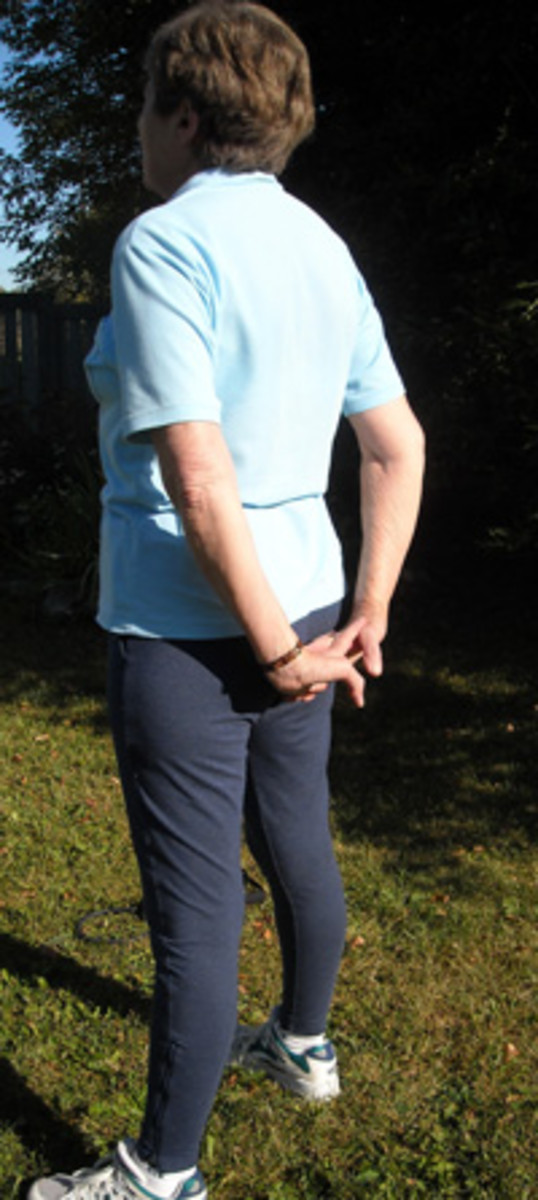
Call for topics: Over the past several months of Rider Fitness articles, we have covered many topics related to rider fitness. We would be interested in knowing more about the topics and issues you’d like to hear about. Please write to personaltraining@equifitt.com to suggest topics you’d like to see covered in future pieces.



